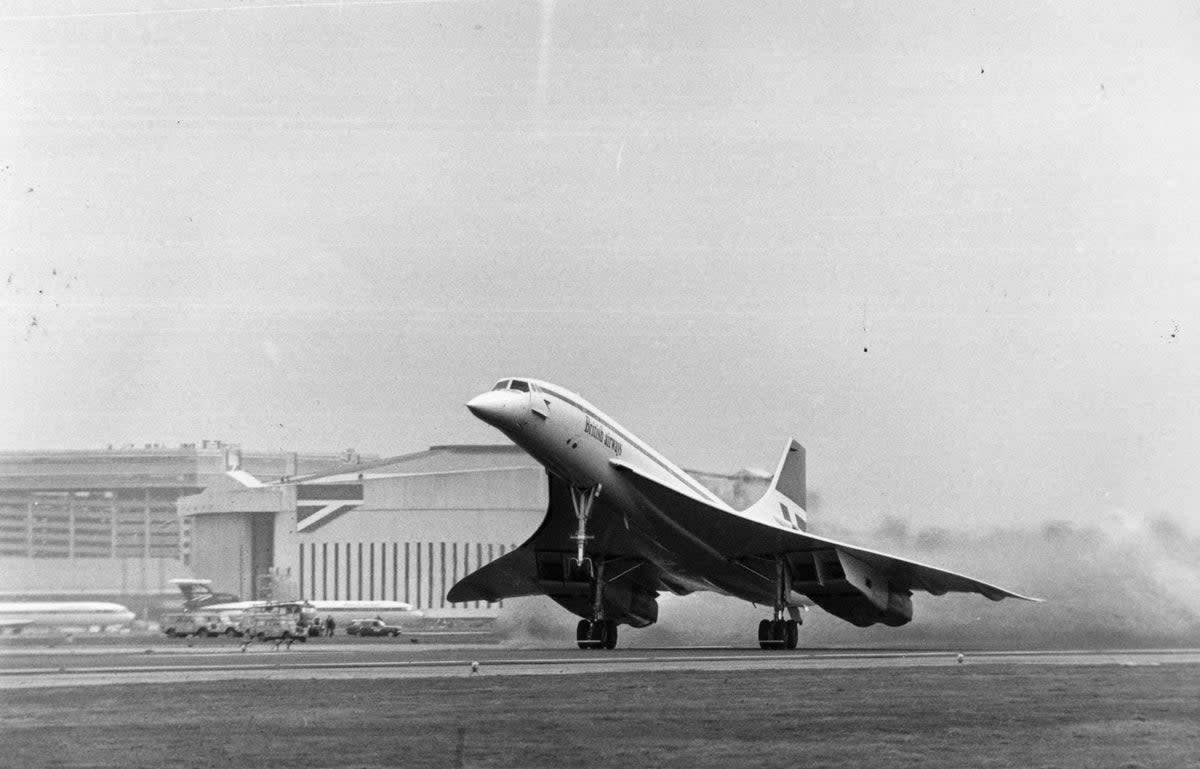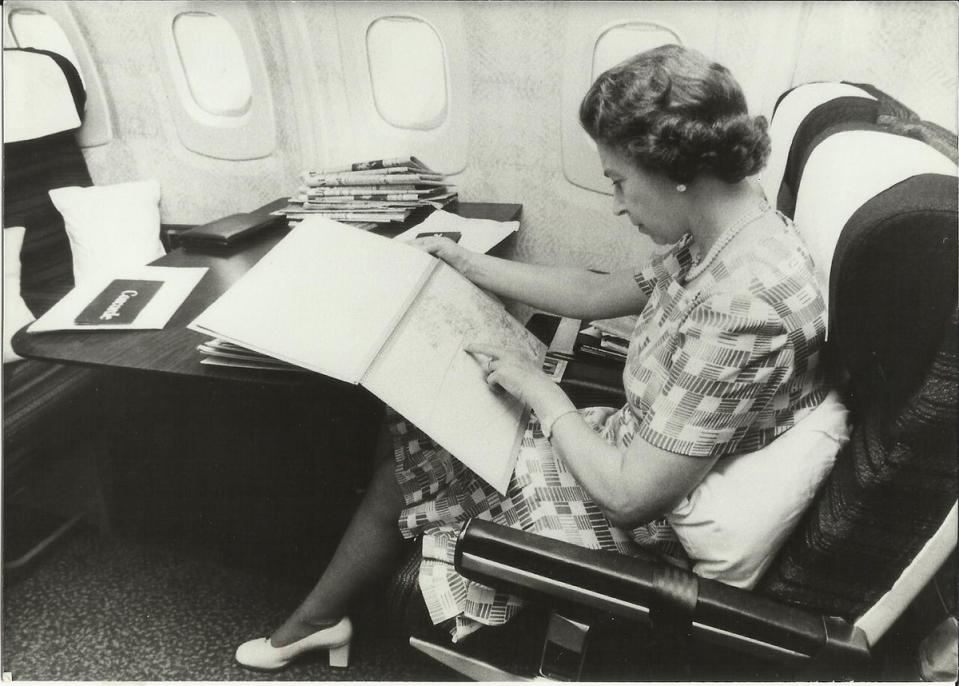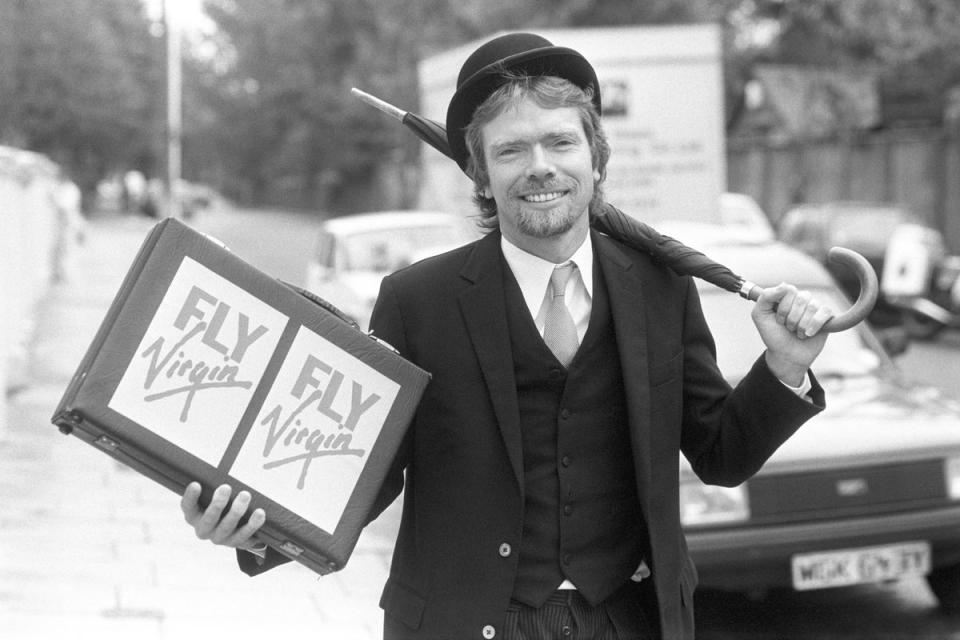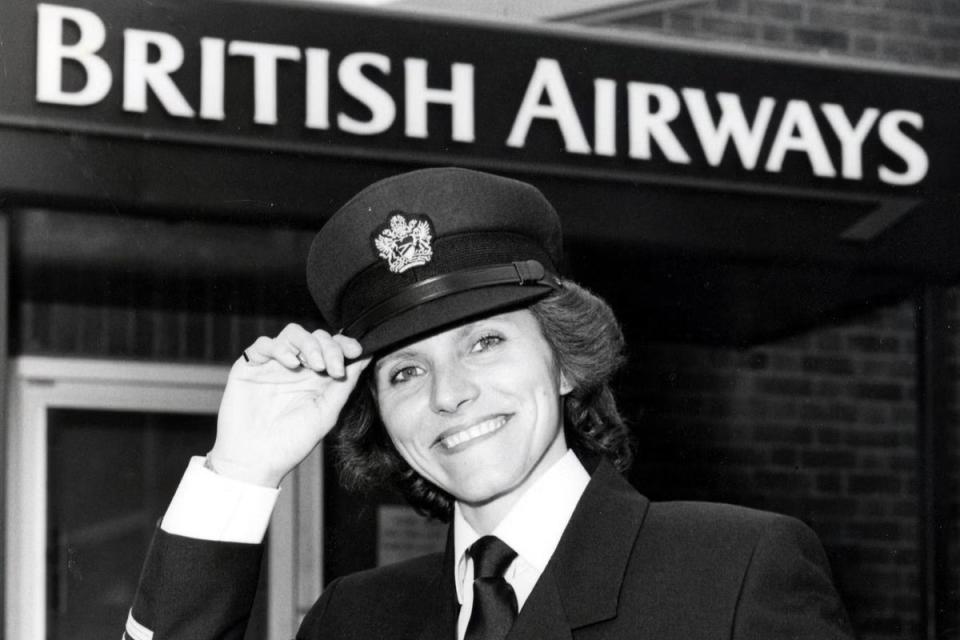Fifty years of British Airways: the definitive timeline

British Airways started flying 50 years ago this month. The state-owned airline was formed from an amalgamation of BEA, BOAC, Cambrian and Northeast. Its main base, then as now, was London Heathrow. BA is declining to comment on its half-centenary, so we have compiled a timeline on the airline’s behalf.
The aviation industry in 1974 was basically a cosy cartel, with high-cost airlines charging astronomical fares. Over the decades, much has changed in aviation, with fares plummeting, options blossoming and safety increasing to an extraordinary level.
The British Airways route network was very different, as airline industry executive Jonathan Hinkles discovered from the first-ever BA timetable.
“In 1974 the ‘world’s favourite airline’ actually did fly around the world, although it probably wasn’t a hugely economic exercise to do so, even then,” he says. “Three times a week, the BA591 westabout VC10 set off from Heathrow via New York JFK, Los Angeles, Honolulu, Nadi and Sydney to Melbourne. Another VC10 set off eastabout to Melbourne – typically via Frankfurt, Doha, Calcutta and Singapore. Some excursion: the VC10 which left London at 1pm on Tuesday would arrive back at Heathrow from this epic trip at 9.50pm on Friday evening.”
Much else has changed over five decades. These are the key events.
1975 (12 January): BA launches a new “Shuttle” from Heathrow to Glasgow. Passengers can just turn up, board the plane up to 10 minutes before departure, and buy a ticket on board. If no seats are available, a standby aircraft will be deployed – sometimes for a single passenger.
The Shuttle is later expanded to Manchester, Edinburgh and Belfast.
1976 (21 January): Concorde enters service with British Airways, flying from Heathrow to Bahrain. Passengers are provided with complementary cigars. The main target, New York JFK, is off-limits because of concerns about noise.
1976 (24 May): Concorde flies to Washington DC.
1977 (July): Piccadilly Line on the London Underground extended to Heathrow; the Queen conducts the official opening in December that year.
1977 (22 November): Concorde starts flying to New York JFK, which would become its principal route for the next 26 years.

1978: Online booking and no-frills flying is predicted with astonishing accuracy by Ross Stainton, then-chief executive of British Airways. He writes: “I can envisage do-it-yourself reservations where the prospective passenger consults a TV display to see what is available and at what price, and then makes his own booking entry into the computer.
“We shall need separate, very simple check-in facilities for discount passengers, and the fare will entitle them only to a straightforward end-to-end journey with no stopovers.”
1981 (29 March): VC10 jets end service with British Airways. The final pair of flights on the rear-engined long-haul jets are charters for enthusiasts.
1983 (25 January): First Boeing 757, named Windsor Castle, is delivered to British Airways. The aircraft was retired from passenger service in 2001 but is still believed to be flying cargo.
1984 (March): Concorde starts flying to Miami, as an extension of the Washington DC service.

1984 (June): Music entrepreneur Richard Branson launches a one-plane airline called Virgin Atlantic, flying from London Gatwick to New York’s Newark airport. Premium passengers are promised luxury in the Upper Class cabin. The claim of “first-class standards at business-class fares” endures today. Over the next few years the start-up launches to many other BA destinations, including Miami, Los Angeles and Hong Kong.
1985 (8 July): A small, secondhand Brazilian plane operates the first flight for a new Irish airline, Ryanair, from Waterford to Gatwick. The route no longer operates, but Ryanair seems to be hanging on. It is now the safest airline in the world in terms of passengers flown without a fatal accident, and the most profitable carrier in Europe. During a BA cabin crew strike in 2010, Ryanair covers some Heathrow flights for British Airways.
1985 (13 July): Live Aid concerts in London and Philadelphia; Phil Collins performs in both on the same afternoon, courtesy of a British Airways Concorde.
1985 (22 August): Boeing 737 belonging to British Airtours, the charter subsidiary of BA, catches fire on the runway at Manchester; 55 people die. It was the last fatal accident involving British Airways, which has a formidably good safety record.
1987 (11 February): The government’s shares in British Airways go on sale. The offer is 11 times oversubscribed.
Today, BA is mostly foreign-owned. As part of Spanish-registered airline conglomerate IAG, over half the shares must be held by EU entities/citizens. The government of Qatar owns another quarter.
1987 (April): British Airways appoints its first female pilots, including Lynn Barton

1987 (July): A tiny start-up airline named Emirates starts flying from its hub in Dubai to the UK, touching down at Gatwick. The carrier now flies more international passengers than anyone else, making it the world’s favourite airline.
1987 (October): A trial ban on smoking begins on some British Airways flights from London to Vienna. It’ll never catch on, I predict a few months later when forced to spend two hours without a cigarette.
1987 (26 October): London City airport opens.
1987 (December): British Airways takes over its nearest rival, British Caledonian.
1988 (January): Club World and Club Europe brands launched by British Airways – the new names for business class on intercontinental and European services respectively.
1988 (18 March): Gatwick North Terminal opens, and British Airways moves in from the original, South, terminal.
1988 (August): Just ahead of the Seoul Olympics, British Airways launches flights to the South Korean capital.
1992 (27 November): British Airways acquires a Gatwick-based rival, Dan-Air, for £1. Dan Air is now the name of a Romanian airline.
1993 (July): Last BAC 1-11 leaves service with British Airways.
1993 (January): British Airways pays damages plus legal costs amounting to $4m to Virgin Atlantic and its founder after evidence emerges of “dirty tricks” intended to damage Richard Branson’s airline commercially.
1995 (10 November): The first flight of a no-frills airline called easyJet, takes off from Luton to Glasgow. Fares start at £29 one-way. The budget carrier now has a bigger fleet than British Airways and flies more passengers.
1997 (November): British Airways reveals a new low-fare airline to be based at Stansted, later launched as Go.
1999 (1 February): British Airways is a founder member of the oneworld Alliance, along with American Airlines, Cathay Pacific and Qantas.
1999 (November): First BA-branded aircraft at London City airport

2000 (9 March): The British Airways London Eye carries its first passengers. The following day, BA’s chief executive Bob Ayling was sacked after poor financial results at the airline.
2000 (25 July): An Air France Concorde catches fire shortly after take-off from Paris Charles de Gaulle. The crash kills all 109 people on board and four people on the ground.
2000 (15 August): When one of the causes of the Paris crash – the vulnerability of the fuel tanks – emerges, British Airways’ Concorde is temporarily grounded. The plane remains out of service for over a year.
2001 (April): British Airways starts to phase out paper tickets.
2001 (11 September): Nearly 3,000 people die when four civilian aircraft are hijacked after take-off from Boston and Newark airports. Three of them are flown into buildings, destroying the twin towers of the World Trade Center in New York, and damaging part of the Pentagon in Washington. The fourth aircraft, United flight 93, crashes in a field in Pennsylvania after passengers overpower the hijackers. British Airways flights to and from the US are grounded for several days.
2003 (24 October): Final commercial flight of Concorde.
2005 (31 December): Of 24 British Airways flights that I took in that year, only three were on time – making 87.5 per cent late from a very limited sample. Punctuality has since improved. In 2023, only 40 per cent of all BA flights were more than 15 minutes behind schedule (the industry measure of “late”).
2007 (25 October): First commercial flight on the Airbus A380 “superjumbo”, operated by Singapore Airlines from Singapore to Sydney. British Airways currently operates 12 of the double-decker jets.
2008 (February): British Airways announces plans for London City-New York JFK flight using a small subsonic aircraft, the A318. It is nicknamed “son of Concorde”. The service never succeeds financially and is grounded in 2020 at the start of the Covid pandemic.
2008 (March): “Open skies” deal is concluded between the European Union and US that ends restrictions on British Airways transatlantic flights – for example, Atlanta and Texas services being obliged to use Gatwick.
2008 (27 March): British Airways’ dedicated Terminal 5 at London Heathrow opens. The plan had been to move many flights overnight to the new hub. But within hours, multiple unforeseen problems lead to the near-collapse of the entire British Airways operation.
2009 (6 October): Dispute involving cabin crew belonging to Unite breaks out over plans to cut 1,700 cabin crew jobs and freeze pay by then-chief executive Willie Walsh. A planned Christmas strike is ruled unlawful by the High Court.
2009 (December): British Airways starts flights from Heathrow to Las Vegas. In 2012, the Nevada city became the only long-haul destination served from both Gatwick and Heathrow.
2010 (20 March): British Airways cabin crew walk out for the first of a series of strikes, which do not end until May 2011. As part of the settlement a new unit, Mixed Fleet, is introduced for some Heathrow flights.
2010 (14 April): The skies of Europe are progressively closed by air traffic controllers because of fears of an ash cloud caused by Iceland’s Eyjafjallajökull volcano. The Civil Aviation Authority ban on flying is lifted after six days when British Airways planes from across the world are ordered to depart for London.
2011 (January): British Airways merges with Iberia of Spain to form IAG. BA’s chief executive, Willie Walsh, becomes CEO of IAG.
2012 (April): British Airways takes over BMI, which has been losing money heavily.
2018 (31 March): British Airways is the first passenger airline to have generated more than US$1bn (£800m) on a single air route in a year, between London Heathrow and New York JFK.
2020 (29 January): With concern rising about “the Wuhan coronavirus”, British Airways announces it is suspending all flights to Beijing and Shanghai in China until March 2020. These are the first of tens of thousands of flights cancelled because of the virus.
2020 (17 July): As the Covid pandemic rages, British Airways says it will permanently ground its entire fleet of Boeing 747 “Jumbo jets”.
2020 (16 September): Alex Cruz, then-chief executive of British Airways tells MPs that his airline is burning through £20m in cash per day and flying only 18.7 per cent of passengers compared with 2019, due to the Covid pandemic. “We’re still fighting for our own survival,” he says to the Transport Select Committee.
2021 (6 January): Not a great start to the year for British Airways. All international leisure travel from the UK is banned until 17 May. Anyone at an airport, seaport or international railway station seeking to leave the UK without a reason for exemption faces a fine. Three weeks later, then-home secretary Priti Patel says: “There are still too many people coming in and out of our country each day.”
2021 (16 July): Ahead of what British Airways and other airlines thought might be a profitable summer, the government devises a new Covid category, “amber plus”, for British travellers to France – effectively placing the country off limits. French minister Clément Beaune says: “The UK’s quarantine measures for France are excessive and incomprehensible in health terms.”
2022 (12 July): On top of BA cancelling thousands of flights due to insufficient staff, London Heathrow imposes a cap of 100,000 departing passengers a day at Britain’s busiest airport.
2023 (26 May): The latest in a long series of IT failures at British Airways grounds hundreds of flights.
2024 (29 February): British Airways’ parent company, IAG, announces record profits.

